In an increasingly connected world, the need for robust data protection is paramount. Faraday bags have emerged as a reliable solution to safeguard electronic devices from remote manipulation and data hacking or swiping.
However, not all Faraday bags are created equal. This article dives into the crucial differences between standard quality Faraday bags, which typically block cellular signals only (maybe), and certified Military-grade Faraday bags, like Mission Darkness and OffGrid, that provide comprehensive shielding against a range of wireless technologies, including WiFi, Bluetooth, and more.
Understanding these distinctions is vital in making an informed decision to protect your sensitive data and protect yourself from EMF exposure emitted by your devices.

Fig 1. Faraday manufacturers can claim 100% protection - often though, this is not the case.
To explain the difference between simple EMF blocking and comprehensive RF shielding, it might be helpful to provide a simple analogy.
Imagine you have a house with different types of windows. Some windows are designed to block sunlight, while others are specifically designed to block both sunlight and outside noise. In this analogy, EMF blocking is akin to the windows that block sunlight, whereas comprehensive RF shielding corresponds to the windows that block both sunlight and outside noise.
EMF blocking refers to the capability of a Faraday bag or other shielding device to block electromagnetic fields (EMF) emitted by various sources, including cell phones, power lines, and other electronic devices. EMF blocking focuses on mitigating the effects of electromagnetic radiation.
On the other hand, comprehensive RF shielding goes beyond EMF blocking and encompasses the ability to shield against a broader range of radio frequency (RF) signals. RF signals include not only EMF but also wireless communication signals such as WiFi, Bluetooth and RFID.
Comprehensive RF shielding ensures that the shielding device provides effective protection against a wider spectrum of RF signals, preventing them from entering or leaving the enclosed space.
REAL WORLD TEST – USING THE MISSION DARKNESS TEST APP
In the following video, Mission Darkness tests several examples of Faraday products (using their free Faraday Testing App – check out the article and download the app) and compares performance on two important criteria – 1) Cellular shielding and 2) WiFi shielding. Below are the four products tested and a little background on each:
- Behrens Galvanized Steel Locking Lid Can – although they do not advertise their product as a Faraday cage, metal trash cans with lids are commonly assumed to block signals and are recommended as EMP shields in “prepper” communities or even forensics. Paint cans are also recommended and fall under the same category of shielding strength.
- SKA Direct Consumer Signal Blocker Pouch – advertised as anti-radiation, anti-degaussing and anti-signal.
- Blackout Faraday Shield – advertised as anti-static shielding, Faraday bag with approximately 50dB attenuation.
- Mission Darkness Non-Window Faraday Bag for Phones – advertised to block WiFi (2.4 & 5GHz), Bluetooth, Cell signals (even 4G LTE), GPS, RFID, and radio signals with 60dB average attenuation.
THE RESULTS SPEAK FOR THEMSELVES
- Behrens Galvanized Steel Locking Lid Can – cell signal blocking: 34dB, WiFi signal blocking: 13dB.
- SKA Direct Consumer Signal Blocker Pouch – cell signal blocking: 0dB, WiFi signal blocking: 20dB.
- Blackout Faraday Shield – cell signal blocking: 0dB, WiFi signal blocking: 19dB.
- Mission Darkness Non-Window Faraday Bag for Phones – cell signal blocking: 31dB, WiFi signal blocking: 53dB – all signals were 100% blocked.

The results above clearly demonstrate that only the certified Military-grade Faraday bag from Mission Darkness passed both tests. On the other hand, the Faraday bag available on Amazon for around NZ$30 failed both tests, making it ineffective for the intended purpose. This highlights the fact that not all Faraday bags are created equal in terms of operation and efficacy.
So, why does this difference exist? Cellular frequencies differ from RF-based signals like WiFi, Bluetooth, RFID and NFC. While some Faraday bags may work well with weaker signals, they may struggle to block stronger signals, particularly if you’re in close proximity to a cell tower in urban areas. This can result in the phone ringing inside the bag – rendering your investment useless.
To ensure efficacy, we have extensively searched for and tested various brands worldwide. Our criteria for determining the effectiveness of Faraday bag include blocking ALL EMF & RF signals and providing superior build quality and materials – ensuring a long usable life of the bag. These factors guide our assessment and evaluation process, which is why we settled on world-class brands such as Mission Darkness and OffGrid.
An impressive combined list of some of the high profile customers that Mission Darkness and OffGrid service include:
Military (Airforce, Navy, Army), CIA, FBI, NSA, Police Forces, US Senate, US Department of Defense, US Special Operations Command, Australian Government Defense, US Justice Department, NASA, Global Affairs Canada, Apple, Amazon, Walmart, Google, Airbus, Lockheed Martin, Northrop Grumman, Hawaiian Airlines, Enterprise Rent-a-Car, Tesla, and many more!
If you buy a cheaper bag that declares itself to be advanced and military grade, ask the manufacturer for a list of their major military and defence customers and ask if the products have been independently certified to block all RF signals by a reputable lab.



